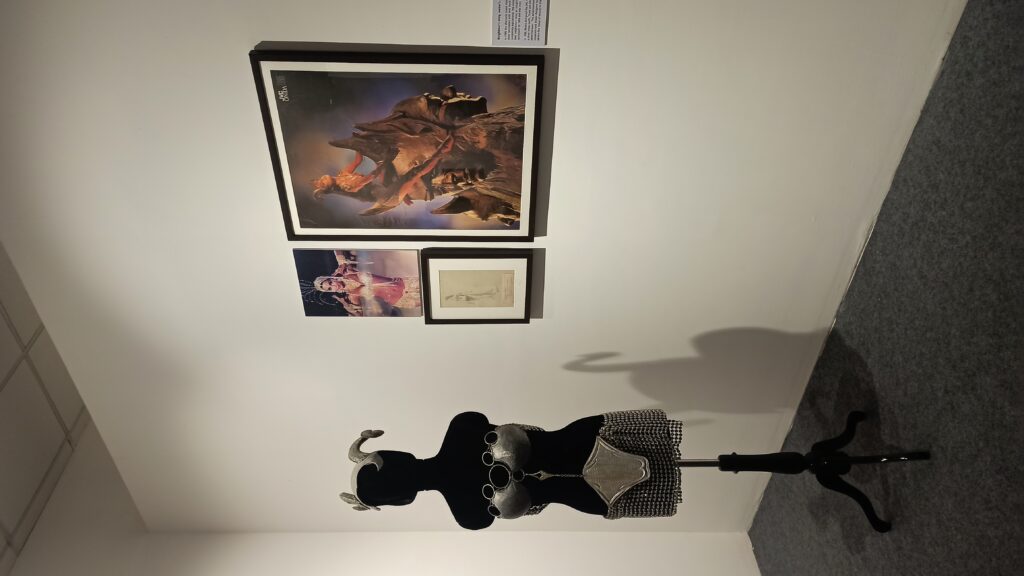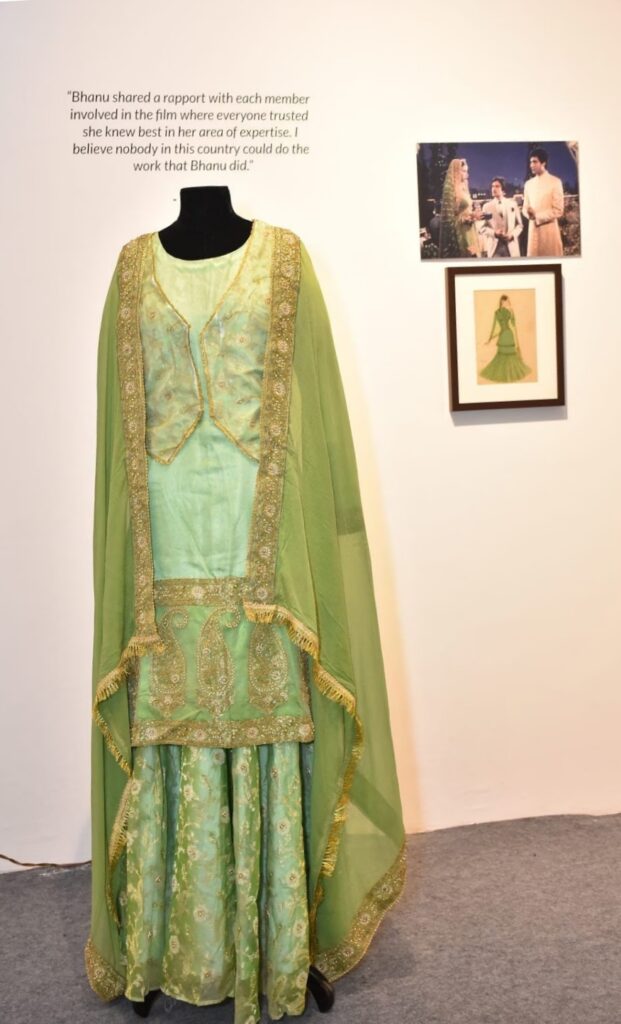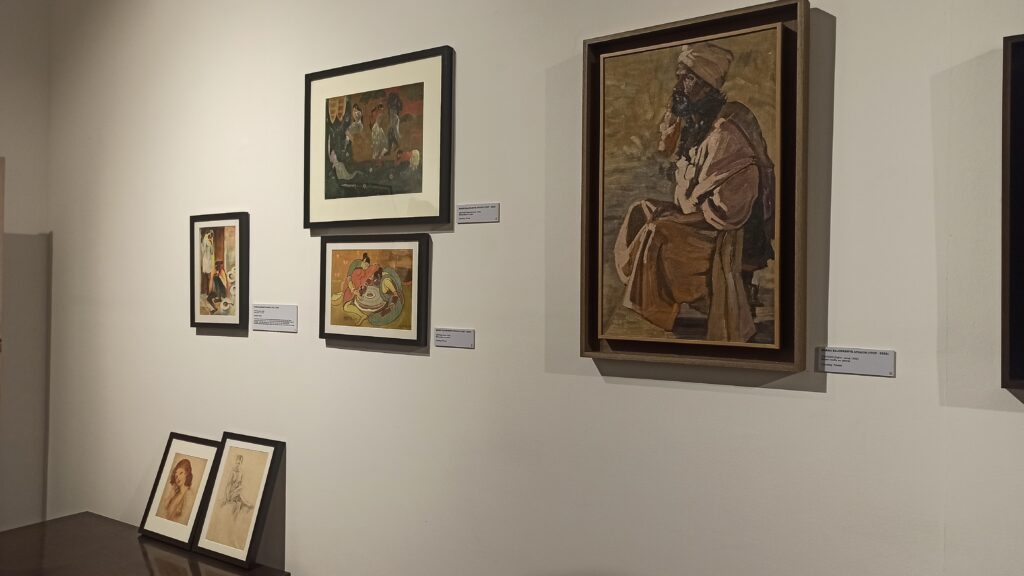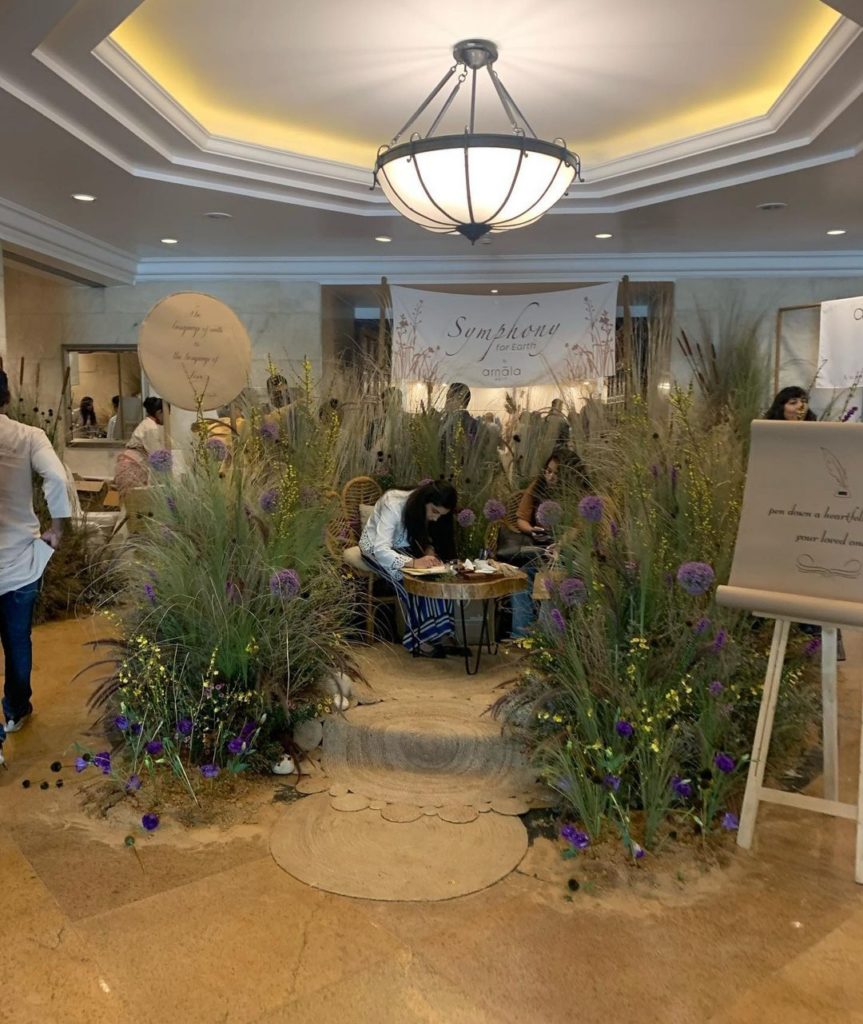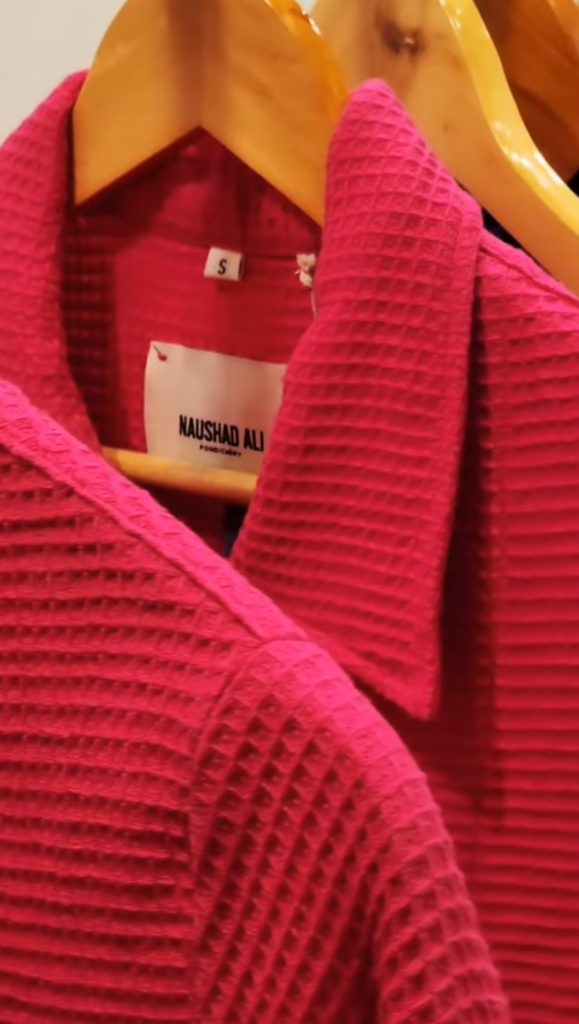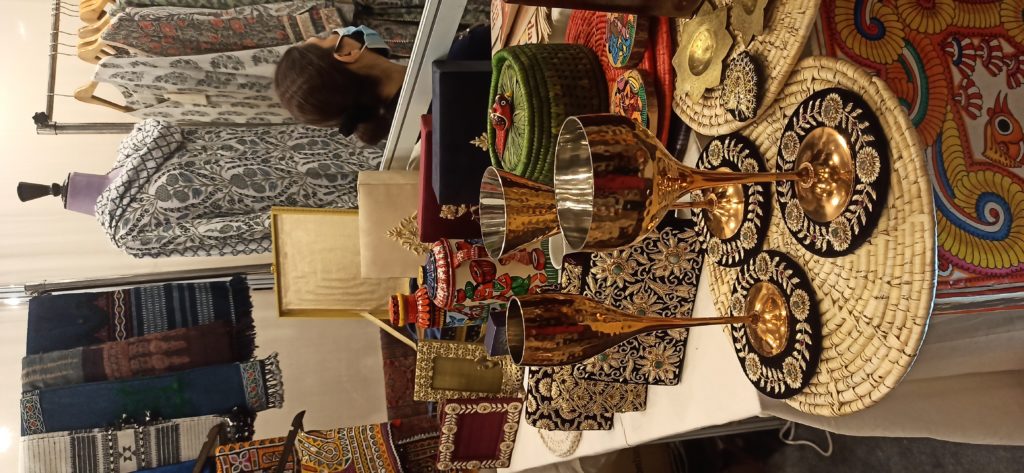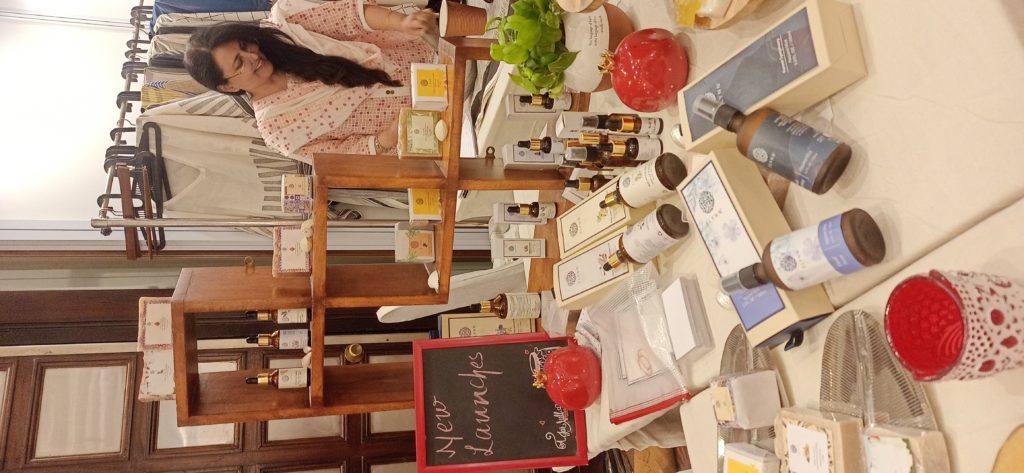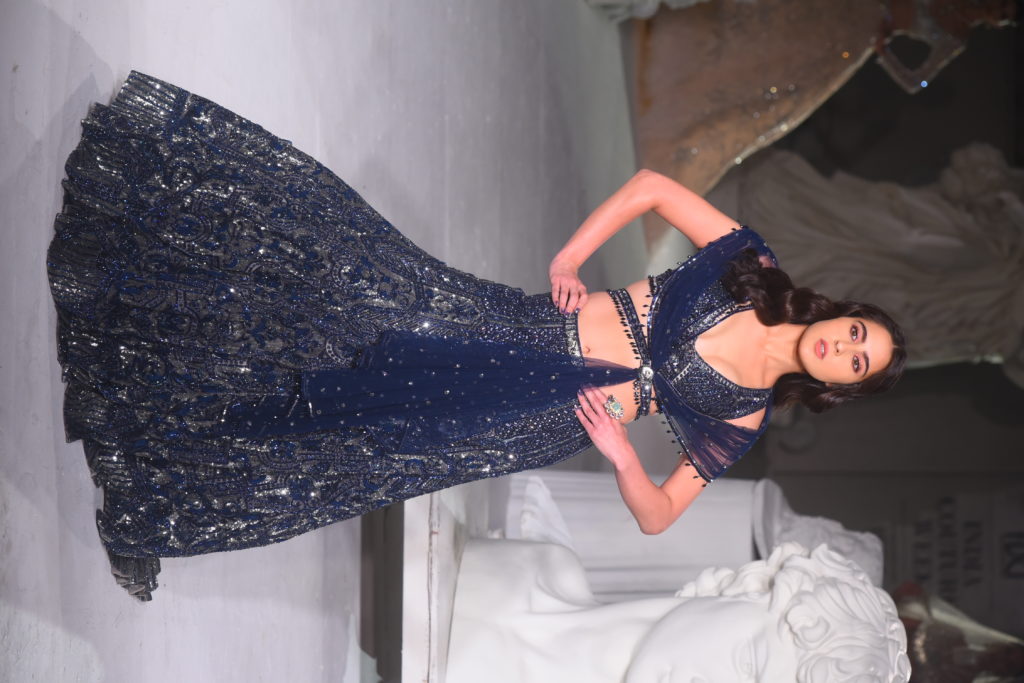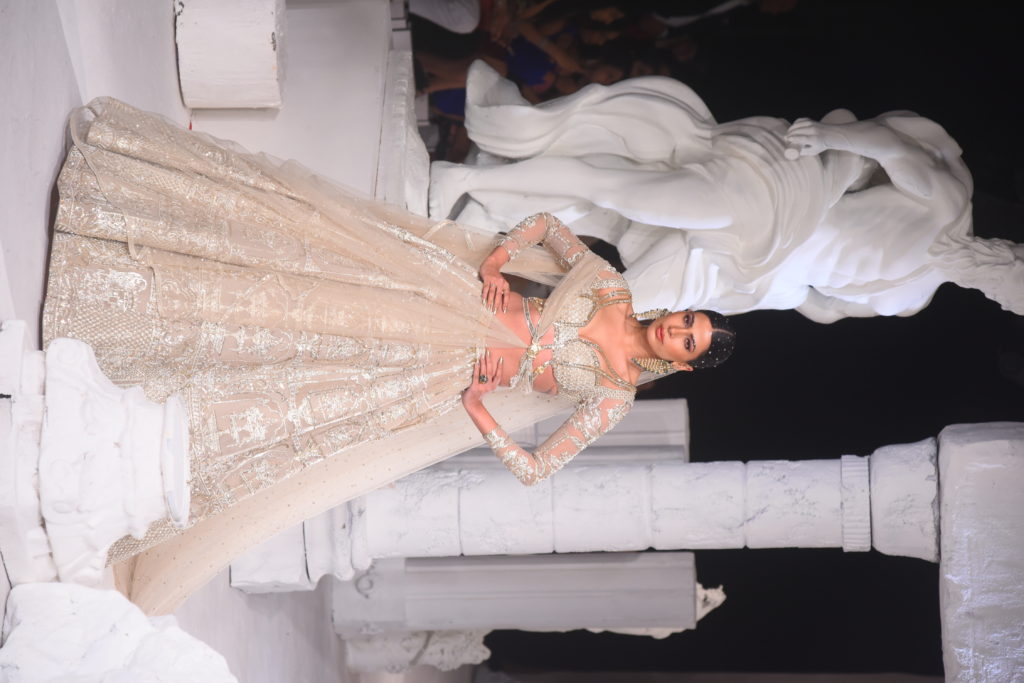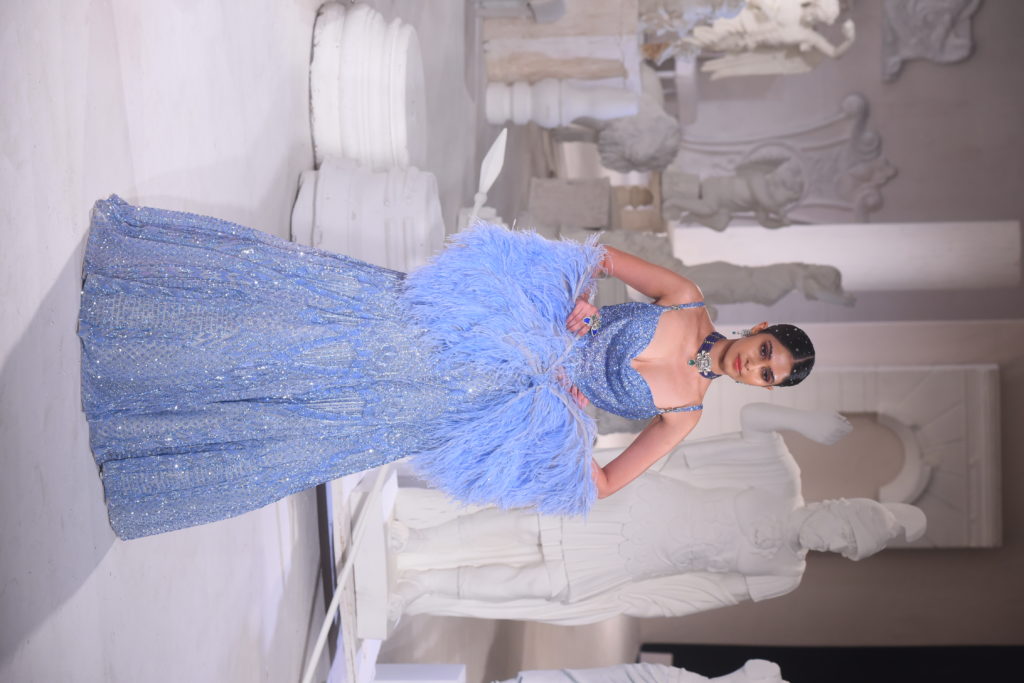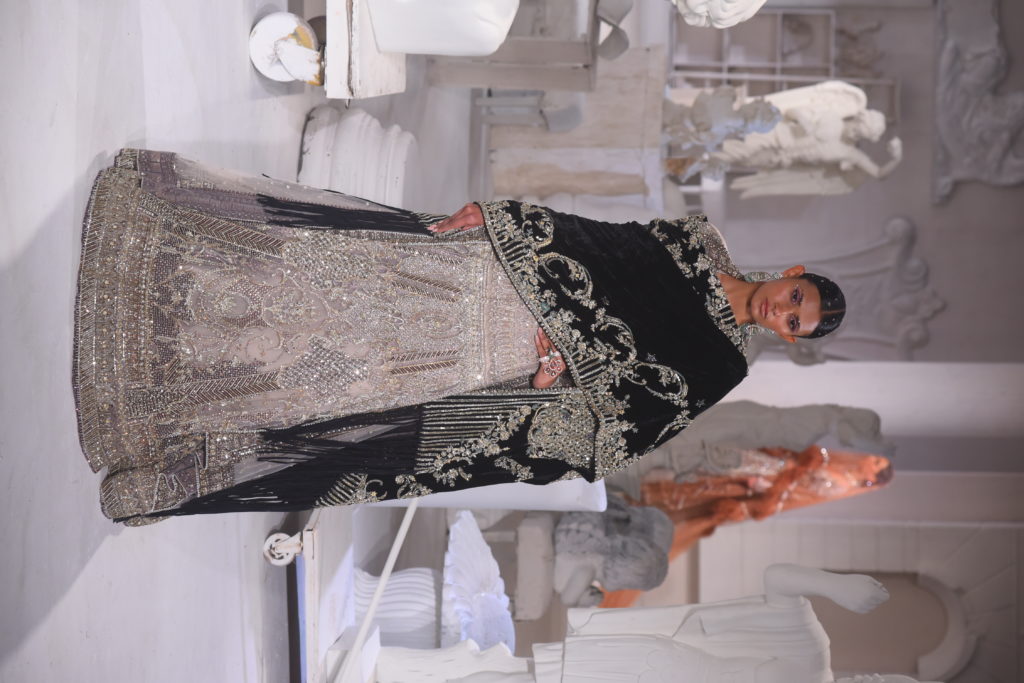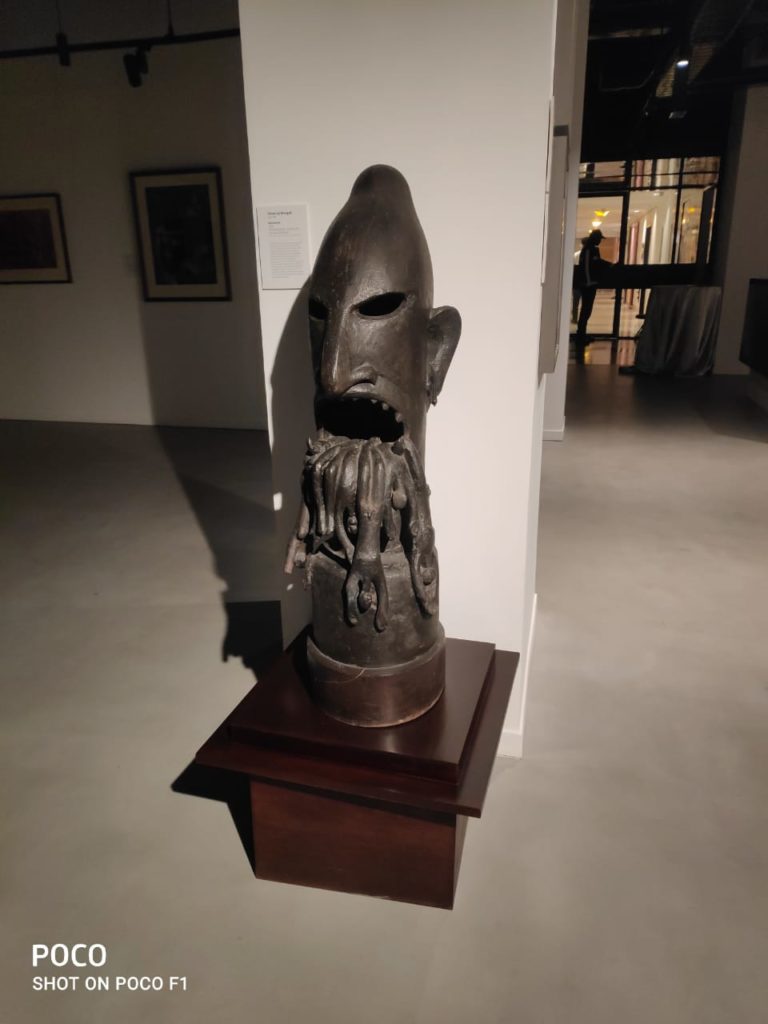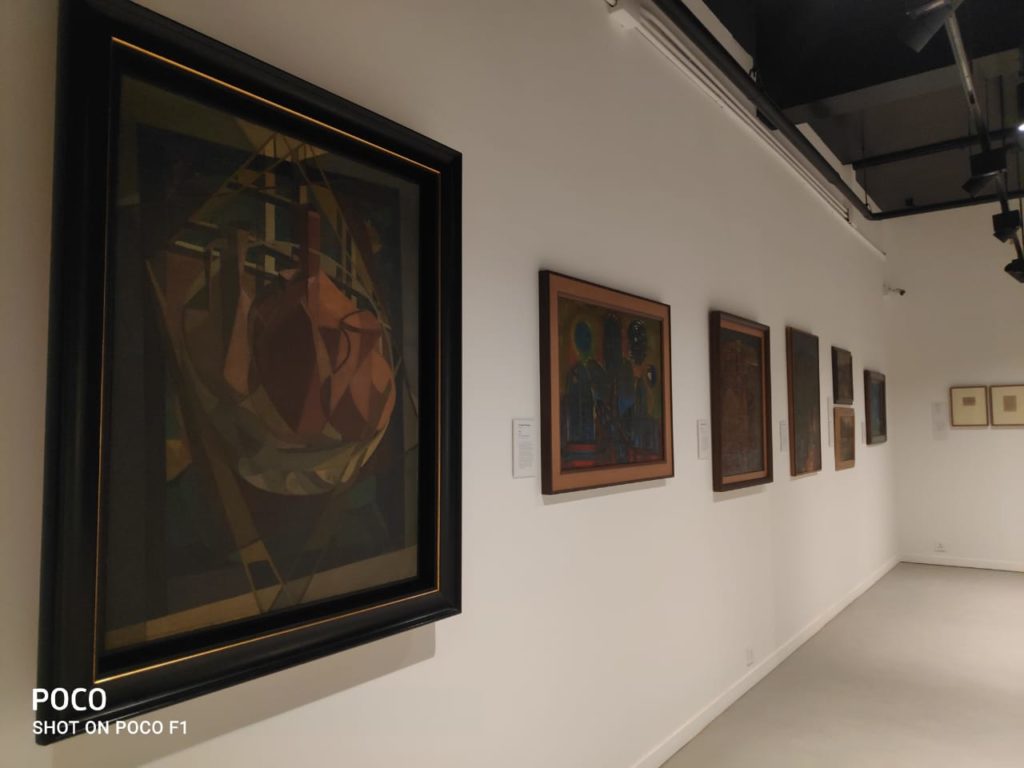Bhanu Athaiya, India’s first Oscar-winning costume designer, left an indelible mark on Indian cinema. Born in 1929 in Maharashtra, she began her career in film as a costume designer in the 1950s and went on to design costumes for over 100 films. Her attention to detail, innovative designs, and vibrant colors earned her a reputation as one of the leading costume designers in India. Athaiya’s work on the 1982 film “Gandhi” won her an Academy Award for Best Costume Design, making her the first Indian to win an Oscar. She used her platform to raise awareness about the importance of costume design in telling a story and bringing characters to life on screen.

Photo Credits:- Prinseps

Photo Credits : Prinseps
Throughout her career, Athaiya was known for her ability to blend tradition with modernity in her designs seamlessly. She often drew inspiration from Indian textiles and handicrafts but also incorporated Western influences to create unique and memorable costume designs. Athaiya’s contribution to Indian cinema has had a lasting impact. Her innovative designs and attention to detail inspired future generations of costume designers in India and around the world.
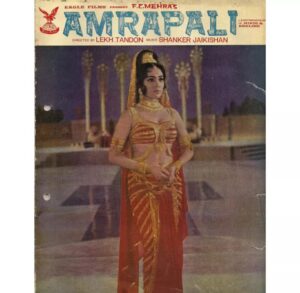
Photo credits : Prinseps
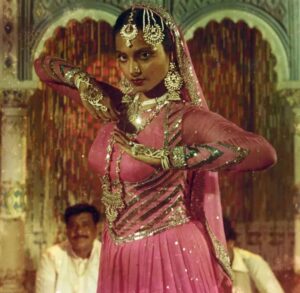
Photo Credits: Prinseps
Even today, her work continues to be celebrated and recognized for its excellence and if you want to admire her work than you can visit the exhibitionat the Bikaner house (till 2nd February) showcasing her work. From the beautiful artworks to the sketches and costumes that were actually worn in the flim by the actresses like sharmila tagore, Helen ,Mumtaz and Meena Kumari , everything that you need to know about her is presented in the exhibition. Bhanu Athaiya’s legacy as a trailblazer in Indian costume design will forever be remembered. Her passion and talent have left an indelible mark on Indian cinema, and her work will continue to inspire future generations of costume designers. Here is a glimpses of the exhibition:

